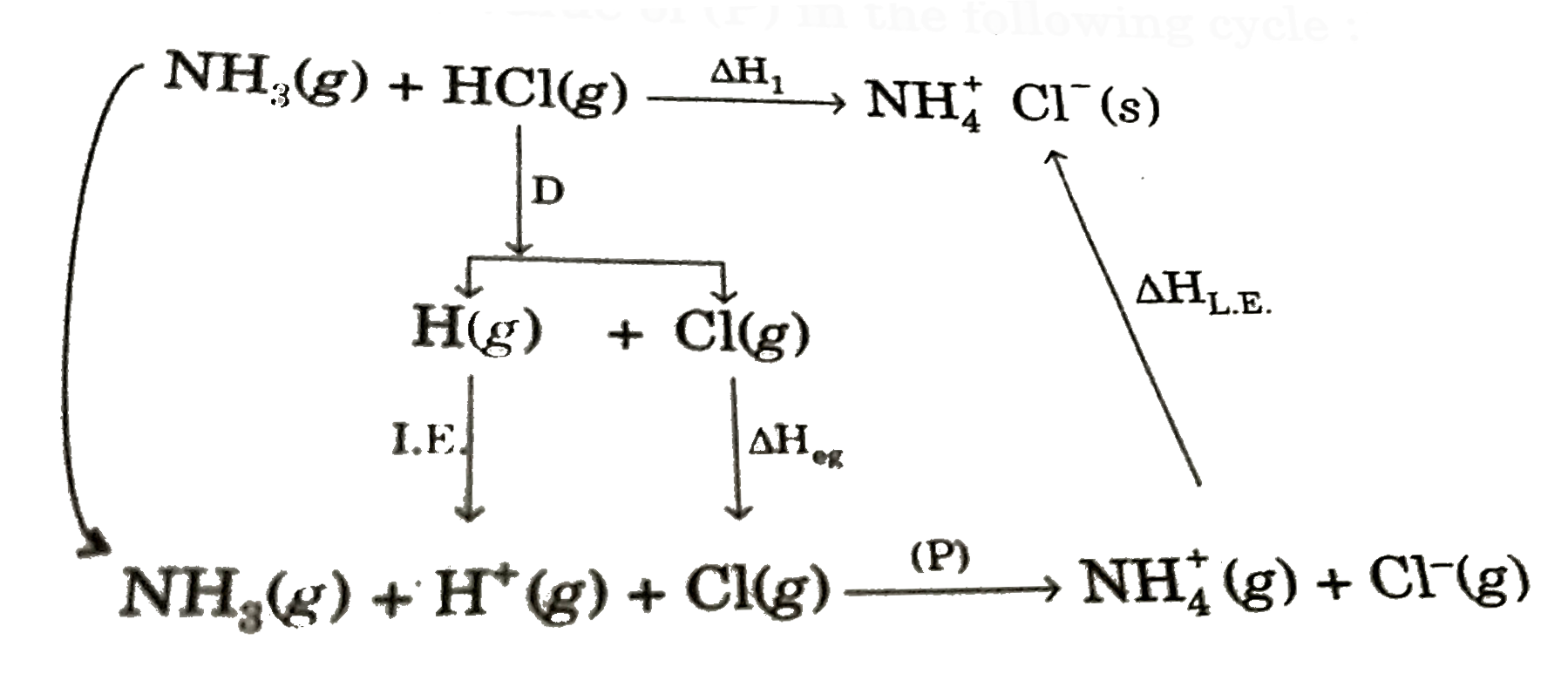Complete Solutions to F.Acidic-Basic Character, Hydration etc. of chapter PERIODIC TABLE of Class 11 book with complete answers and questions
| Class 11 | CHEMISTRY |
| Chapter | PERIODIC TABLE |
| GRB PUBLICATION | F.Acidic-Basic Character, Hydration etc. |
| Number Of Questions | 45 |
| Academic Year | 2023-24 |
The order of basic character of given oxides is:
View SolutionAmphoteric behaviour is shown by the oxide of:
View SolutionAn element X occurs in short period having configuration `ns^(2)np^(1)`. The formula and nature of its oxide is:
View SolutionAqueous solution of two compounds `M_(1) - O - H and M_(2) - O - H` are prepared in two different beakers . If electronegativity of `M_(1) = 3.4, M_(2) = 1.2, 0 = 3.5 and H = 2.1`, then the nature of two solution will be respectively
View Solutionwhich one of the following oxides is neutral?
View SolutionThe correct order of acidic strength is
View SolutionIdentify the correct order of acidic strength of `CO_(2),CuO, CaO` and `H_(2)O`.
View SolutionWhich one of the following is an amphoteric oxide?
View SolutionWhich of the following is the most acidic in nature?
View SolutionAmong `Al_(2)O_(3),SiO_(2),P_(2)O_(3)` and `SO_(2)` the correct order of acidic strength is:
View SolutionWhich of the following oxides is amphoteric in nature?
View SolutionIn which of the following arrangements, the sequence is not strictly according to the property written against it?
View SolutionFind the incorrect acidic strength order:
View SolutionThe correct order of acidic nature of the oxides of chlorine is
View SolutionThe most acidic oxide is:
View SolutionThe correct order of basic nature is
View SolutionSelect the amphoteric oxide.
View SolutionSelect the correct statement.
View SolutionWhich of the following option is incorrect
View SolutionWhat property of the oxygen atom is represented by the equation `O(g)+e^(-) rarr O^(-)(g)`?
View SolutionWhich element forms a compound with the formula `H_(3)XO_(4)`?
View SolutionWhich forms the most alkaline solution when added to water?
View SolutionThe oxide of which element is the most ionic?
View SolutionThe incorrect statement among the following is:
View SolutionWhich of these compounds is amphoteric ?
(P) `AI(OH)_(2)` (Q) `Ba(OH)_(2)`
(R) `Zn(OH)_(2)`
View SolutionWhich oxide produces the most acidic solution when `0.1` mol is added to `1L` of `H_(2)O`?
View SolutionElement P,Q, R and S belong to the same group. The oxide of P is acidic, oxide of Q and R are amphoteric while the oxide of S is basic. Which of the following elements is the most electropositive ?
View SolutionIncreasing order of basic character of `NO_(2)K_(2)O` and `ZnO` is
View SolutionWhich of the following options is correct regarding periodic properties?
View SolutionCondition suitable for high solubility of ionic compound in solvent should be:
View SolutionFind out the value of (P) in the following cycle:

Given `DeltaH_(1) =- 400 kJ, I.E. = + 50 kJ, D = + 50 kJ, DeltaH_(eg) = - 30 kJ` lattice energy `- - 100 kJ`
View SolutionWhich terms are exothermic for the formation of `NaF(s)`?
(P) `Na(g) rarr Na^(+) (g)+e^(-)`
(Q) `F(g)+e^(-) rarr F^(-)(g)`
(R) `Na^(+)(g)+F^(-)(g) rarr NaF(s)`
View SolutionIn order to calculate the lattice energy of `NaCI` using a Born-Haber cycle, which value is not needed?
View SolutionWhich of the following represent correct of hydration energy released in aqueous state?
View SolutionThe following order are given along with their metioned properties:
(P) `Mg lt Na lt Sr lt Ba` [order of atomic size]
(Q) `M^(+) gt M^(+2) gt M^(+3) [M =` hypothetical element, order of `IP_(1)` of respective ion]
(R) `F gt CI gt Br gt I` [order of electronegativity]
(S) `AI_(2)O_(3) lt P_(2)O_(5) lt So_(3) lt CI_(2)O_(7)` [order of basic nature]
(T) `F^(-) gt CI^(-) gt Br gt I^(-)` [order of ionic mobility in aqueous solution]
Which option represents group incorrect order?
View SolutionWhich of the following order is/are correct ?
View SolutionThe following acid have arrange in the order of decreasing strength. Identify the correct order. `CIOH(I) BrOH(II) IOH(III)`
View SolutionWhich of the following is/are correct statement(s)?
View SolutionWhich of the following is an amphoteric oxide?
View SolutionWhich is an amphoteric oxides?
View SolutionThe order of basic strength of given oxide:
View SolutionWhich of the following is neutral oxide?
View SolutionThe high oxidising power of fluorine is due to :
View SolutionThe correct statement is:
View SolutionA,B and C are oxides of elements X,Y and Z respectively. X,Y and Z are in the same period of the periodic table. A gives an aqueous solution which turns blue litmus red. B reacts with both strong acids and strong alkalies. C gives an aqueous solution which is strongly alkaline. Which of the following statement is/are true ?
(P) All the three elements are metals.
(Q) The electronegativites decreases from X to Y to Z.
(R) The atomic radius increases in the order `X lt Y lt Z`.
(S) X,Y and Z could be phosphorus, aluminium and sodium respectively.
View Solution
F.Acidic-Basic Character, Hydration etc. questions and complete solutions for chapter PERIODIC TABLE of GRB CHEMISTRY (HINGLISH) of Class 11
All Exercises from GRB PUBLICATION Class 11 CHEMISTRY PERIODIC TABLE
- A.Development of Periodic Table, Period, Group and Block
- B.Atomic and Ionic Radius
- C.Ionisation Energy
- Comprehension
- Comprehension 1
- Comprehension 10
- Comprehension 11
- Comprehension 12
- Comprehension 13
- Comprehension 14
- Comprehension 15
- Comprehension 16
- Comprehension 17
- Comprehension 18
- Comprehension 19
- Comprehension 2
- Comprehension 20
- Comprehension 3
- Comprehension 4
- Comprehension 5
- Comprehension 6
- Comprehension 7
- Comprehension 8
- Comprehension 9
- D. Electron Gain Enthalpy (Electron Affinity)
- E.Electronegativity
- F.Acidic-Basic Character, Hydration etc.
- Match The Column Type
- Multiple Objective Type
- Reasoning Type
- Subjective Type